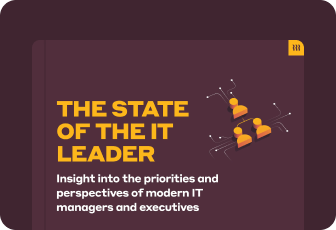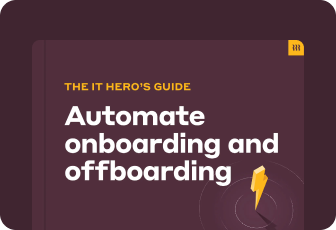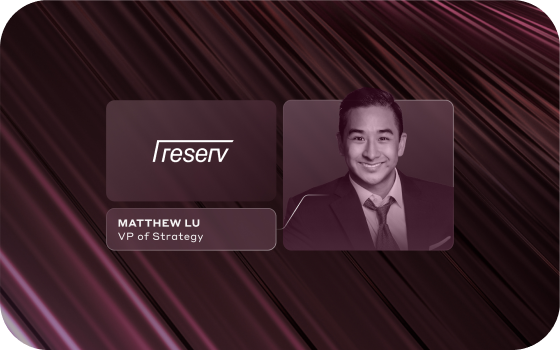Strive Health needed an agile, scalable platform that could handle both the complexities of their unique organizational structure and the challenges that come with fast-paced growth.
At the time, Rippling was a newer HCM—but it provided the agile HR infrastructure that Strive needed, allowing Sean and his team to handle complex changes—such as re-organizing departments and updating manager structures—within hours instead of days or weeks. Rippling also beat out other solutions for how user-friendly it was, and its ability to integrate with tools already in Strive’s tech stack that would have been too difficult to replace.
01
Agility to support growth and organizational changes
One of Strive Health’s biggest challenges was managing organizational changes, particularly during periods of rapid growth. Rippling allowed Sean to quickly restructure the entire organizational design during a major overhaul, a task that would have taken days or even weeks with other systems.
“With Rippling, I'm able to do an entire restructure and reorg in an afternoon where I would not have been able to do that with something like Workday or Paycom. Their infrastructure is just too rigid for you to be able to tear that down and rebuild it,” Sean said. Rippling's bulk change capabilities allowed Sean to process 175 manager changes in just a few hours—something that would have taken days and required external consultants with their previous PEO or some of the other platforms they demoed.
02
Helping managers access the data they need to address organizational needs
Every employee at Strive is doing important work to help patients. “In order to save lives, people leaders need to be able to do things in the easiest way possible,” Sean said. “So I'm trying to remove barriers—make sure they can jump in Rippling, open a report—engage with their teams in the easiest way possible, so they can go and see patients and save lives.”
Before Rippling, managers at Strive were often reliant on the People Ops team to access essential information about their direct reports, which created a bottleneck. With Rippling’s field-level permissions, Strive Health empowered its managers to access the data they needed without giving them access to sensitive information.
Sean said Strive’s people managers are now able to self-serve and retrieve much of the internal data they need. For example, managers can track their direct reports’ time off year-to-date against their productivity in the clinical space. Another example: Managers can review their entire teams’ compensation—and engage in proactive discussions and intervene at an earlier stage to flag a potential market review if anyone’s pay falls outside range, which makes Strive a more equitable place to work.
“Managers can now view things like time-off balances, compensation details, and addresses to send birthday cards or gifts,” Sean said. “The visibility drastically improved operational efficiency and freed up our team to focus on more strategic tasks.”
This change resulted in a 40% reduction in requests to the People Ops team, freeing them to focus on more strategic initiatives.
03
Streamlining employee data across multiple platforms
Another standout feature Rippling offered was its seamless integration with Azure, which allowed Strive to synchronize employee data across all their internal systems, including Slack, Microsoft, and other tools. This eliminated inconsistencies and manual errors that had previously been a huge pain point.
“We already had Azure for identity management, and changing that is really difficult,” Sean explained. “Rippling’s integration with Azure was a huge win for us because employee information and our source of truth exist in every aspect of our environment because of that connection. That solved a gigantic problem to be able to keep our identity management and the rest of our internal environment completely consistent and data-accurate.”
Previously, updating employee data sometimes took up to a week when changes were made. Now, changes update in real time thanks to Azure’s integration with Rippling, Sean said.
Managers can now view things like time-off balances, compensation details, and even personal information to send birthday cards or gifts. The visibility drastically improved operational efficiency and freed up our team to focus on more strategic tasks.
Sean McBee
People Systems Administrator at Strive Health

















































































































